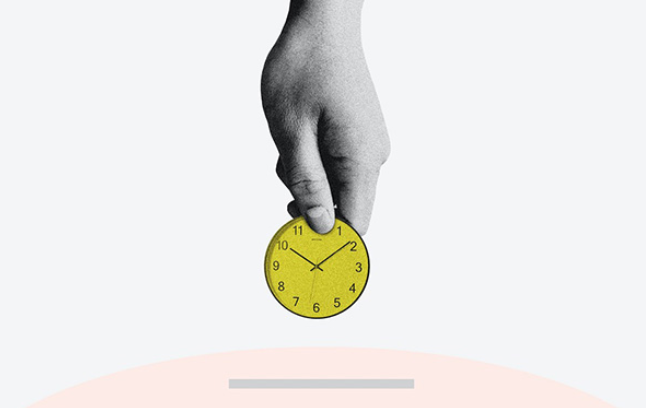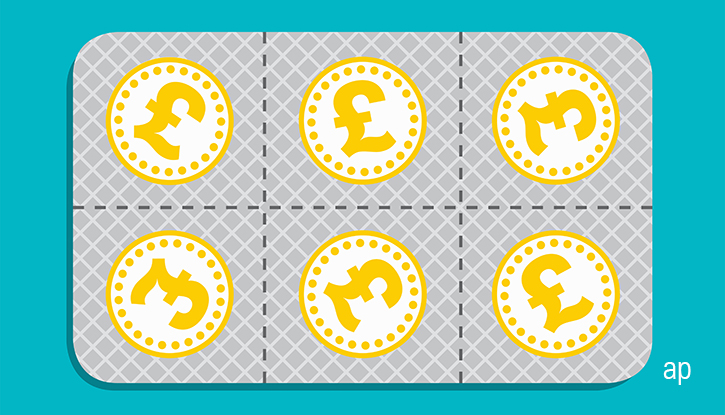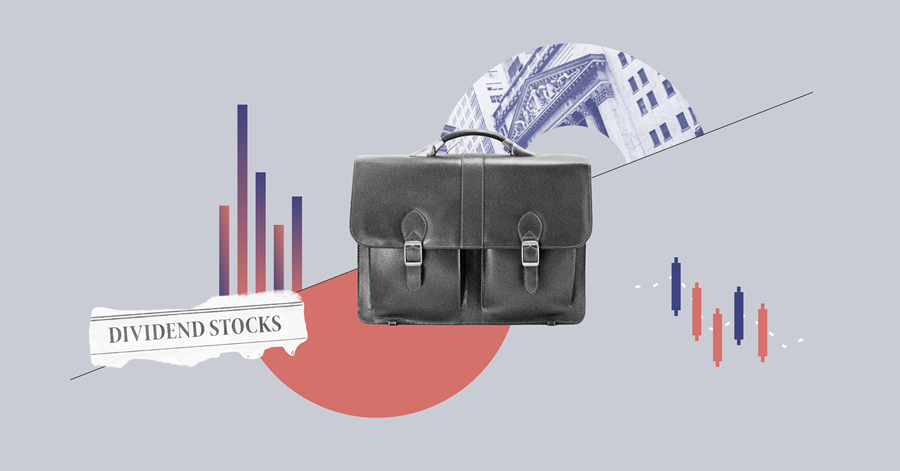
Once you've built your dividend portfolio - here's a guide how to do that - it pays to know how dividends are paid out. We're going to explain the four steps, and what they mean to investors.
The Declaration Date
This is the date on which the company officially announces that it will pay a dividend. At this point, the amount of the dividend and the record date are set.
The Ex-Dividend Date
This is the date from which the shares are traded without the right to the next dividend. If you buy shares after this date, you will not receive the current dividend. On this date, the company's stock is discounted by the dividend amount.
The Record Date
Investors must be listed as owning the shares on this date to be eligible to receive the dividend. It is important to buy the shares before the record date in order to receive the dividend payment. It's typically the business day after the ex-dividend date.
The Payout Date
The date on which the company distributes dividends to shareholders of record. It can occur days or weeks after the record date.
How Often Will a Company Pay Dividends?
European and UK companies pay dividends on a quarterly, semi-annual or annual basis, depending on each firm's dividend policy. Companies with a stable history of dividend payments usually maintain a constant frequency for years or decades.
Occasionally, companies also pay a special dividend. These one-off payments can occur when a company finds itself with a sudden cash surplus, such as the sale of non-core assets, the receipt of unexpected income, or the liquidation of strategic investments. The decision to grant a special dividend is usually made by the company's board of directors and is subject to approval by shareholders at a general meeting.


























